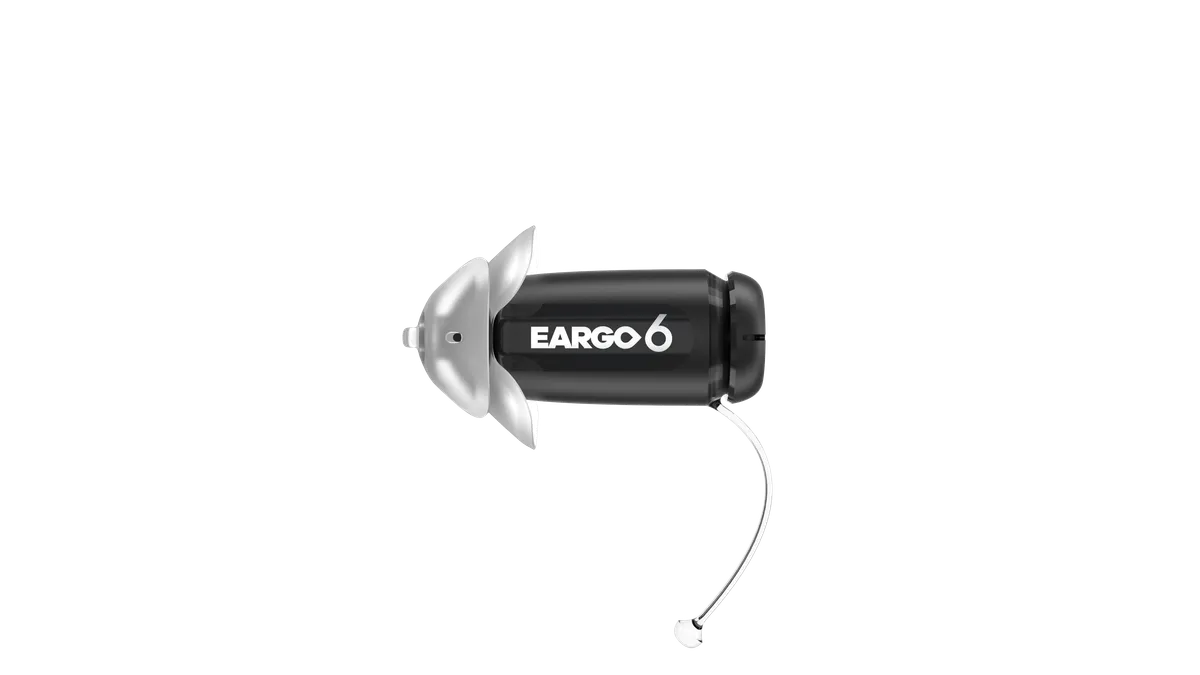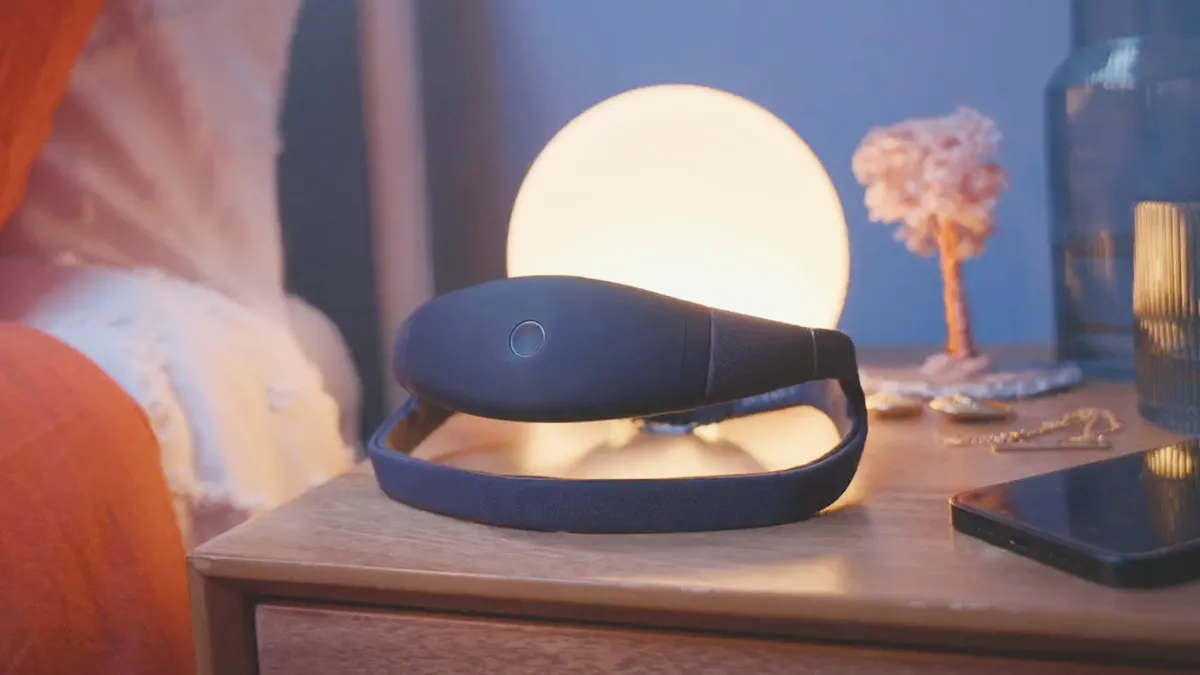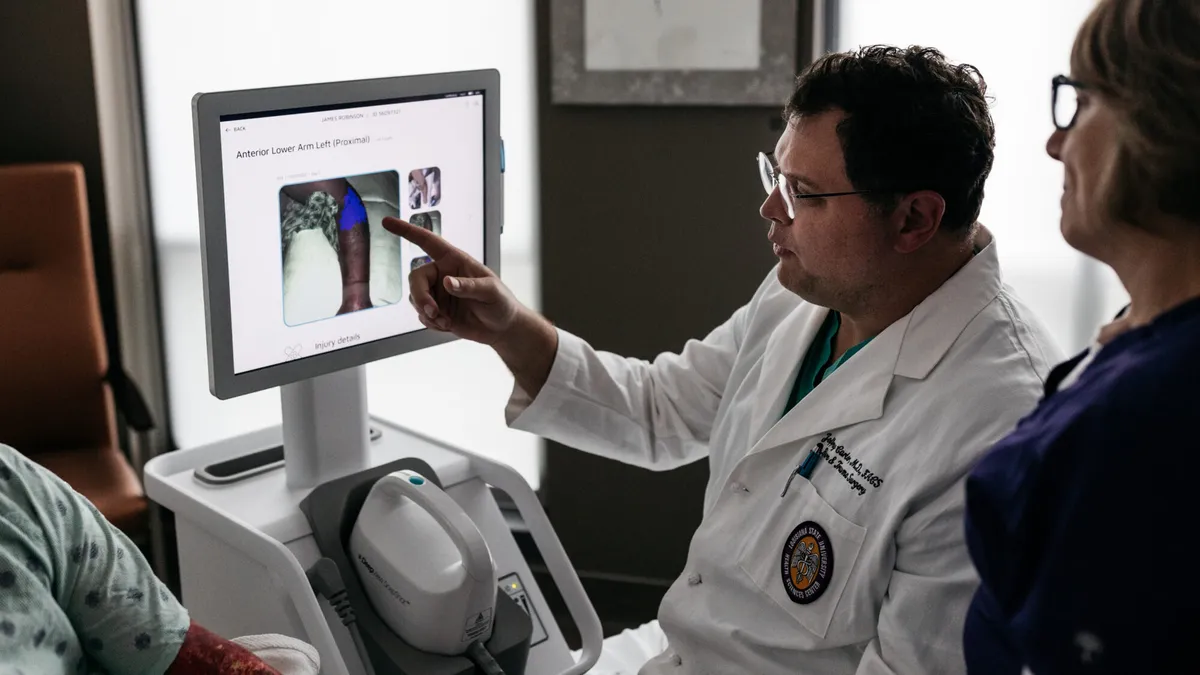After delaying its launch throughout most of 2021, Insulet's Omnipod 5 was finally cleared by the FDA, and the company is in the early days of its limited launch.
The insulin pump was hyped as a top product among medtechs in 2021 as the diabetes technology space was set up to have another strong year. However, the FDA was forced to again prioritize the pandemic, pushing back product review timelines for the entire industry.
Even without the contribution from the product, Insulet increased revenue by nearly 22% compared to 2020, bringing in $1.1 billion last year.
CEO Shacey Petrovic said that one of the benefits of the longer-than-expected timeline is now having nearly two years' worth of performance data, which could help adoption during the launch.
With the Omnipod 5 release now underway, top rivals announced that they will also make patch insulin pumps, a corner of the diabetes tech space occupied by Insulet. Tandem Diabetes Care and Medtronic, which currently make tubed pumps, have both said that they will develop patch pumps to compete alongside Omnipod.
Petrovic said that more competition will help the market grow overall, pointing to Abbott Laboratories entering the continuous glucose monitoring space. However, the CEO was skeptical at the companies' ability to succeed in patch pumps due to the complexity of the technology and market.
"I don't necessarily think that [competition] is a bad thing. It's a massive, growing market with a lot of unmet need. I'm just skeptical given what I know it requires to really do this well," Petrovic said. "It's just not for the faint of heart."
Petrovic also spoke to MedTech Dive about what Omnipod 5's limited launch will look like, navigating the European Union's Medical Device Regulation and how Russia's invasion of Ukraine will impact the medtech industry's supply chain.
This interview has been edited for clarity and brevity.
MEDTECH DIVE: You said that the Omnipod 5 limited launch will take between three to nine months. What are you looking for as the product launches, and what factors will make it a three-month timeframe versus a nine-month timeframe?
SHACEY PETROVIC: There are three things that we're looking to do during our limited market release: One is ensure that the product is working as we anticipate, as we get the device into more peoples' hands. The second thing we're doing is building access. We know there's great demand in the marketplace for it, and we want to make sure that there's a good amount of market access for people who are interested in the technology before we open the floodgates. So, the teams have been working hard to establish reimbursement. We decided to price Omnipod 5 at parity with our current technology. And so far, we've had good success establishing access pretty rapidly.
The third piece, which is probably the most significant work that's underway during the limited release, is to test all of the systems and support and training and onboarding that are wrapped around Omnipod 5. For example — and this is brand new — an Omnipod Dash and Dexcom user today will be able to train with a 100% digital pathway. Historically, any new pump technology required a meeting with a trainer or a clinician to program your pump settings, to learn the systems and to get launched and onboarded with the system. Now, once a user gets a prescription from their clinician, we're able to then provide some online training and digital support so that an individual can self serve and get launched onto the technology by themselves.
What we've been saying is, if you think about it, three to six months means everything has gone very well and everything is working as expected, and we'll move into a full market release. Six to nine months would indicate that we are learning things that we want to address before we roll the system out more broadly.
Insulet also filed for a CE mark in Europe for Omnipod 5, and you mentioned that there's some uncertainty there due to the new MDR. What's causing that uncertainty? Is the process itself more difficult or is it just that you're navigating a new process?
PETROVIC: It's really both of those things that are challenging about predicting when we will be approved for CE mark. It is more complex. The previous pathway in Europe was similar to the current 510(k) pathway with the FDA, and the MDR pathway is similar to the premarket approval pathway. So, there's more clinical data required, more scrutiny on your quality systems and your manufacturing systems, more data and a more rigorous process.
But it's also a very new pathway. It's only, I think, nine months in existence. Not very many systems have been cleared through the MDR yet. And it's new for manufacturers and also new for notified bodies in Europe who manage the process. So, because there's not a lot of precedent, and because it's a new pathway, that adds some ambiguity in terms of predicting a timeline for approval.
We do feel really good about the system and about the submission, and we're making good progress. It's just a little unpredictable today.
Both Tandem and Medtronic have recently announced that they will be developing a patch insulin pump, similar to your pumps. How do you feel about your biggest competitors focusing on your corner of the market?
PETROVIC: I guess I'd say a couple of things. First, I'm not surprised because we've demonstrated that the technology is patient preferred. It's a better business model. It has the highest gross margins in the business, and we built what we think is a really attractive, fast-growing market. So the fact that our tube-pump competitors are looking to get into the space is an endorsement of how differentiated the technology is.
I don't look at competition as a bad thing. But I'm also a bit skeptical about anybody's chances for success — because we've been at this for 20 years, and it was about 15 years before we began to turn a profit. It's not easy what we do. We always joke that we manufacture Swiss watches that are disposable, that people throw away every three days. To really develop that infrastructure, the footprint, the manufacturing scale, the supply chain scale to serve this market at a quality and at a cost that makes sense — it'll cost $1 billion-plus in terms of investment, and it'll take quite some time. So, I like our chances.
Do you think the timing was a little bit late on their part? Do you feel comfortable with this cushion that you're going to have with Omnipod 5 on the market before there are any patch-pump competitors?
PETROVIC: Well, we have a 20-year lead at this point. Even if they've been around for a few years, let's say that we've got a 15-year lead at this point. It's a lead in terms of intellectual property; it's a lead in terms of manufacturing and know-how; it's a lead in terms of really understanding the pharmacy channel and the business model opportunities. There's a lot there that somebody will need to tackle in order to effectively serve this market.
It's a massive, growing market with a lot of unmet need. I'm just skeptical given what I know it requires to really do this well. It's just not for the faint of heart.
Supply chain constraints, like semiconductor chip availability, have impacted most of the industry. Is Insulet facing any chip shortages or feeling any pressure from supply chain challenges right now?
PETROVIC: It's affecting everybody. Anybody who has capacitors or chips in their technologies, and virtually every connected device has that. But our team has done a fabulous job managing this supply chain challenge.
As we headed through the pandemic, knowing that we were gearing up for continued growth and the launch of Omnipod 5, we really leaned in during that time and deployed all sorts of tactics, like advanced purchases, and all sorts of things to prioritize capacity and the supply.
If you look at our financials, you can actually see that we are holding more inventory. And of that inventory, it's not all finished goods. Many of it is components to ensure that we won't be constrained by capacity as we launched Omnipod 5.
So, you don't think that there will be issues with the Omnipod 5 launch due to chip availability or other supply chain issues?
PETROVIC: Yeah, that's right. We did prioritize inventory and capacity. So, we do have some cost pressure as a result of that. But we're in really good shape from an inventory standpoint.
With Russia's invasion of Ukraine, and the ripple effects throughout Europe, is that affecting Insulet? Do you have a presence in either country?
PETROVIC: It's such an unfortunate situation. We don't have any revenue exposure in either of those countries. We don't have employees in either of those countries. We do have a couple of Ukraine-based contractors, so partners that we've worked with. And we know that they are relocated and safe. But we don't really have any other exposure beyond that.
The challenge that we do have, and I alluded to it earlier, is that this will impact supply chains. If that's not already in the news, you'll start to see that in the news. What will be impacted significantly is the metals business, and that's going to impact many, many, many people in the medtech space.
Have you seen a boost to your business since Medtronic announced in December that its diabetes group received an FDA warning letter?
PETROVIC: In the U.S., virtually every quarter last year was a record-setting quarter for us, in terms of new customer starts. Our ratio has still remained the same. Today, about 80% of our new customers come from multiple daily injections as opposed to users of tubed pumps. But that's been growing — both segments have been growing rapidly — and the ones that come from competitive tubed pumps primarily come from Medtronic.
It's a little difficult to know if we've seen a significant material impact, but there's definitely a lot of buzz in the market regarding that warning letter.
What's the buzz that you're hearing? Are patients or endocrinologists losing confidence in Medtronic due to these product safety issues?
PETROVIC: What I've heard is that they're — you know, without disparaging another company — that there's a lot of excitement about the new technologies that are coming to market and recognition that Medtronic is not one of them at this point because they're going to be a little hamstrung as they're going to work through these issues.
With the diabetes tech space moving to these automated insulin delivery systems — both insulin pump and CGM devices working together — the pump and CGM companies are also working closely together. Do you see possible M&A between the two worlds or consolidation across the space because of this convergence that's happening?
PETROVIC: It's an interesting question about the convergence of technologies. Because, if you look at the one vertically integrated player, which is Medtronic, they're maybe not capitalizing as much on this innovation wave as others. I think it points to just the rapid pace of innovation happening across both continuous glucose monitoring and insulin delivery.
It may be that it's difficult to keep up with that pace if you're vertically integrated. That might be why partnerships, like ours with Dexcom and Abbott Laboratories, may be better positioned while the market is so rapidly innovating. Because we're focused very squarely on our singular technologies and making them the best that they can be, and then building strong partnerships and being able to integrate across that as opposed to trying to invest and innovate rapidly across pumps, pens and sensors, which is the position that Medtronic finds themselves in.
The benefit that we have is that we're rapidly innovating our platform, using Omnipod for future innovation like additional phone platforms and integration with more sensors, and then continuing to advance the algorithm and developing next-generation algorithms that can continue to reduce burden, increase ease of use and improve outcomes for our users.
If we get all of that right, since all of these technologies are so rapidly innovating, it's a really exciting time for people living with diabetes.



















